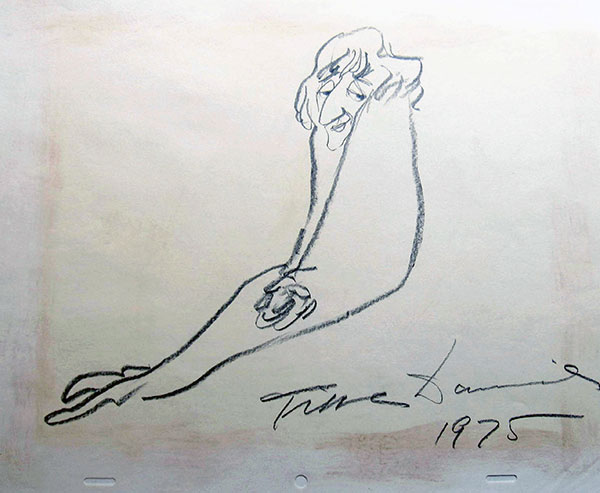
“Animation is the most creative art of all, because you are creating life. You are making a drawing come to life. You can’t be more creative than that!”
–Tissa David
This past January 5th marked the centennial year of the birth of Tissa David, one of the world’s great animators.
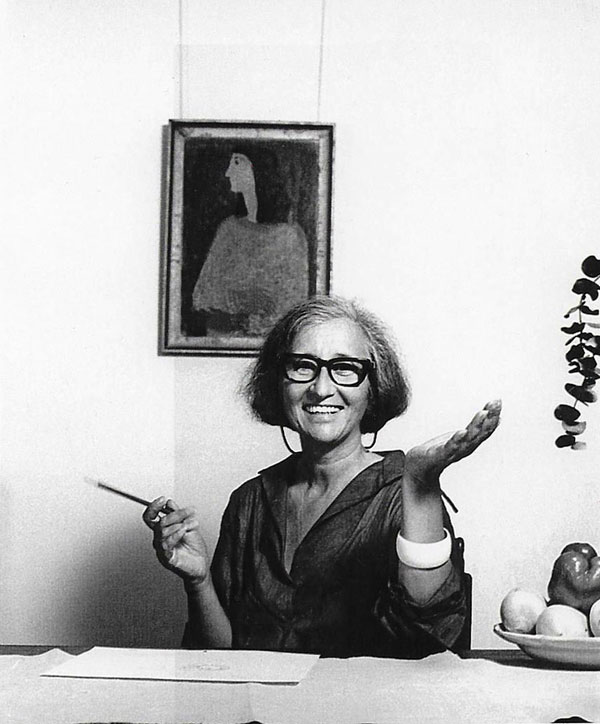
She was born in 1921 in Transylvania, in the city of Kolozsvár, Hungary. When she died at age 91, on Aug. 21, 2012, in New York City, she was recognized within the international animation community as a film artist of inimitable sensitivity and wit, and a brave woman with an iron will and singular passion for her chosen art form.
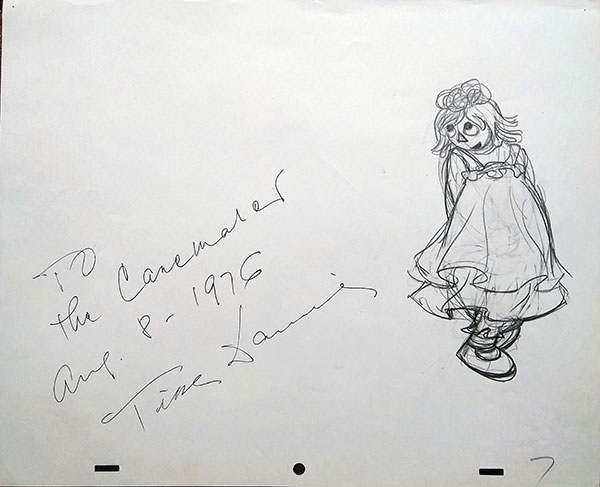
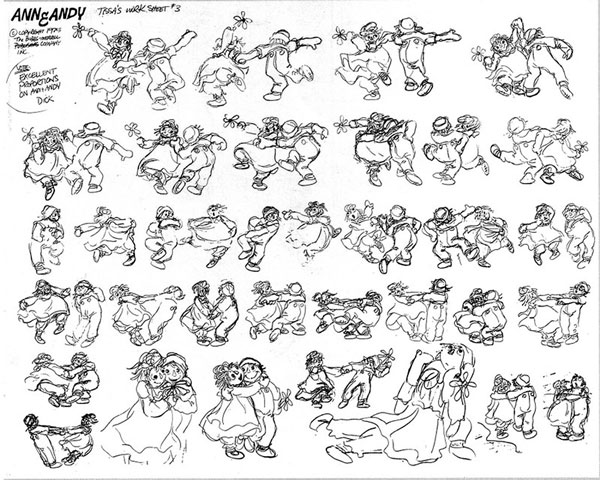
In motion, David’s sensual hand-drawn lines display superb timing, enormous charm, and a master actor’s sure instinct for performance. She truly brought cartoon characters to sparkling life on the screen as distinctive personalities. In addition to her creativity, her formidable survival skills and dedication to her work are a vital inspiration for women. Speaking of her pioneering efforts and success in the traditionally male-dominated animation industry, she once said, “I do consider myself somebody who walked the road for the first time.”
Tissa David was also a tough-love mentor who generously shared her vast knowledge and experience with many a novice animator, including me. During our nearly forty years of friendship, I was privileged to interview her in print and onstage numerous times.
As a tribute to this extraordinary woman, artist and teacher, I plan this year to post my personal reflections about the life and career of Tissa David on John Canemaker’s Animated Eye, augmented with rare drawings, photographs, and interview transcripts.
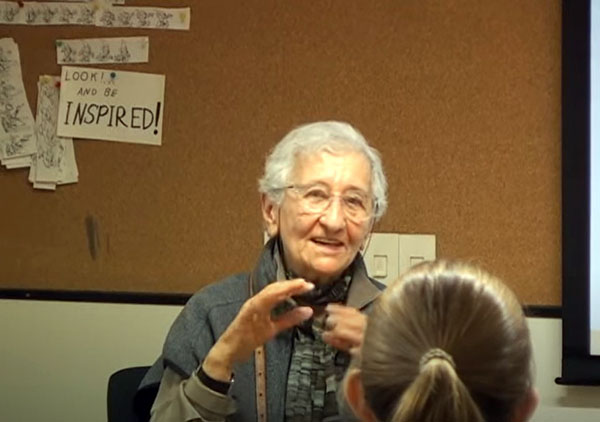
Although her name is not familiar to the general public, several generations of audiences grew up seeing and responding emotionally to Tissa David’s work. Among her most famous assignments were the eponymous ragdolls in the feature “Raggedy Ann and Andy: A Musical Adventure” (1977), whom she endowed with enormous warmth and heart. “I project a lot of myself into Raggedy Ann,” she once admitted.
Children viewing “Sesame Street” learned the alphabet from David; a ravenous letter M, for example, was hers. They learned spelling rules, too, from her work for “The Electric Company” and its “Letterman” segments.
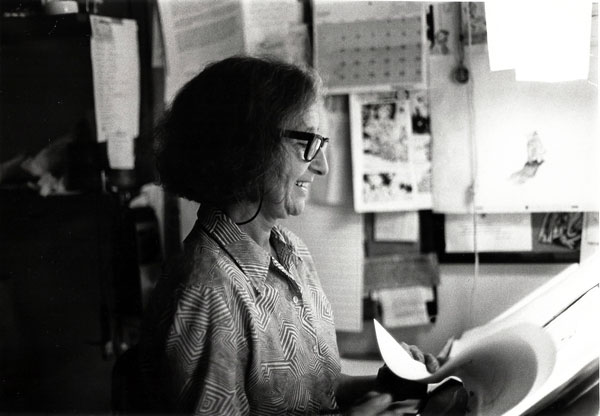
Adults enjoyed her versatility in scores of television commercials throughout the 1950s, ’60s and ’70s. The brothers Bert and Harry (voiced by the comedy team of Bob and Ray) were her memorable work for Piel’s Beer. She animated commercials for numerous products, including Perrier, the New York radio station WQXR, the clothing retailer Barney’s, Esso and Shell gasoline, Excedrin, Vlasic Pickles, Cheerios and IBM.
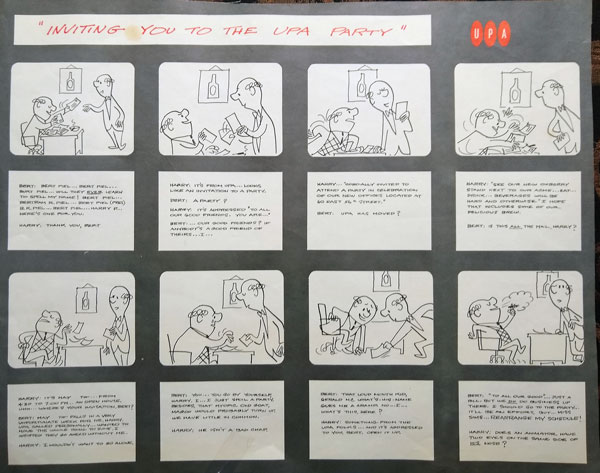
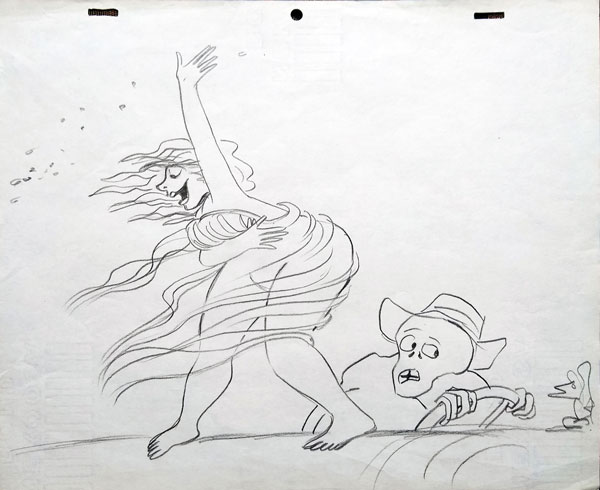
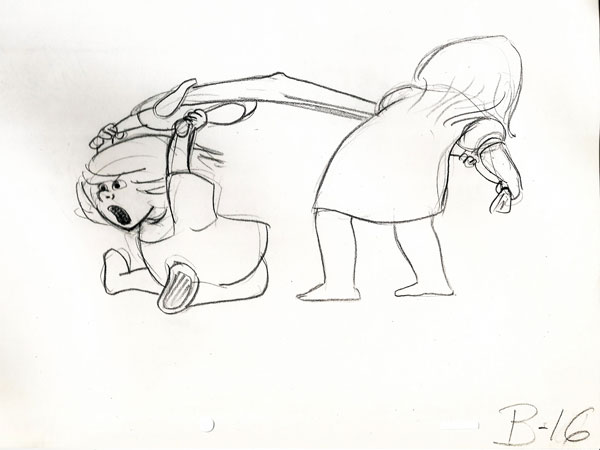

Tissa explored serious subject matter and deep emotions in award-winning Hubley Studio films: overpopulation in “Eggs” (1970); child development in “Cockaboody” (1973); love, in both parental and romantic forms, in “Everybody Rides the Carousel” (1976). In the last, David animated with extraordinary sensitivity a young man and a woman (voiced by Meryl Streep) negotiating boundaries of trust by literally masking their feelings.
David’s performance range was vast because she became her characters. “Sometimes,” she explained in her soft Hungarian accent in an interview with me for my 1977 book, “The Animated Raggedy Ann & Andy,” “my characters succeed to imitate me.”
Speaking in 2006 to a group of NYU animation students, she noted, “All my characters are alive . . . they are my friends. I never feel alone.”
The skating princess Sasha in “The Great Frost,” adapted from Virginia Woolf’s “Orlando” for the 1977 PBS special “Simple Gifts,” is suffused with feminine mystery. Contrast that with the macho swagger and sharp moves of the violin-playing devil in PBS’s “The Soldier’s Tale” (1984).
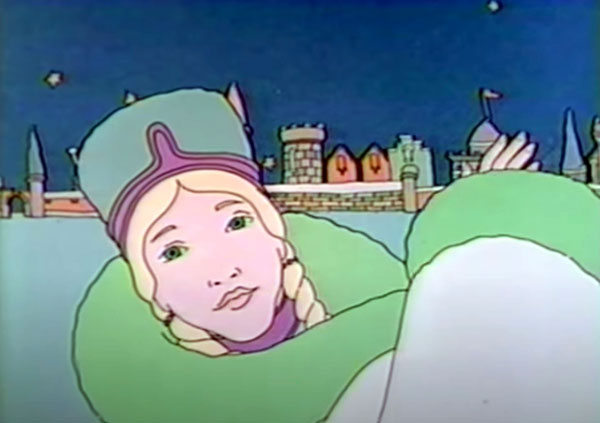
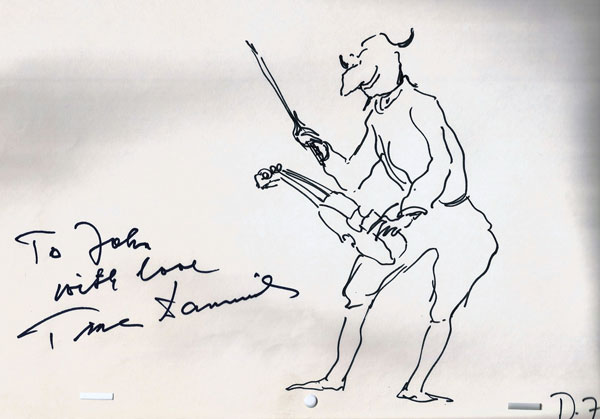
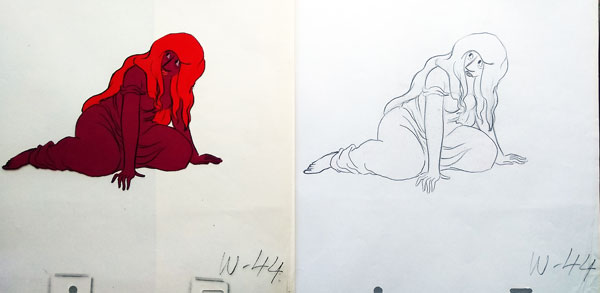
Her Rubenesque Titania in “A Midsummer Night’s Dream” (1986) for Dutch public television and Channel Four London exudes languid, sleep-infused sexuality. The film combined live-action with animation by Tissa and a small crew of friends. “Three people did the whole thing,” under her supervision, she admitted proudly. It was not the first time she directed a full-length film.
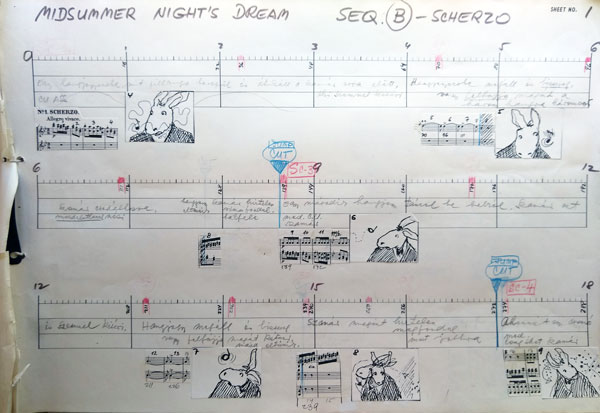
In Paris in 1953, she became the animation director and principal animator for “Bonjour Paris!,” produced by Jean Image Studio, becoming the second woman, after Lotte Reiniger, to direct a feature-length animated film.
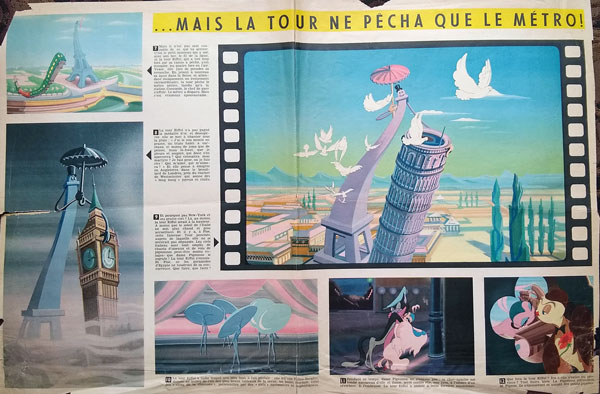
How Tissa David got from Hungary to France, and then to America, is an inspiring story of personal courage, grit and dedication to her art.
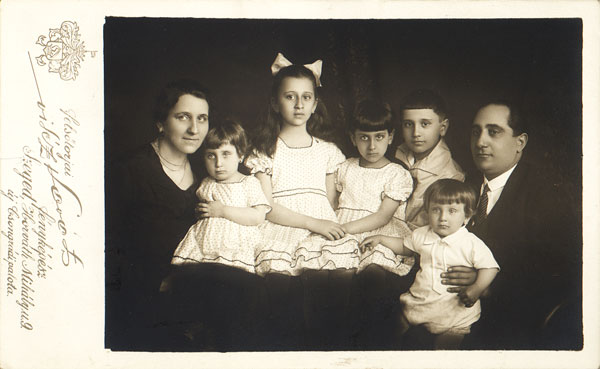
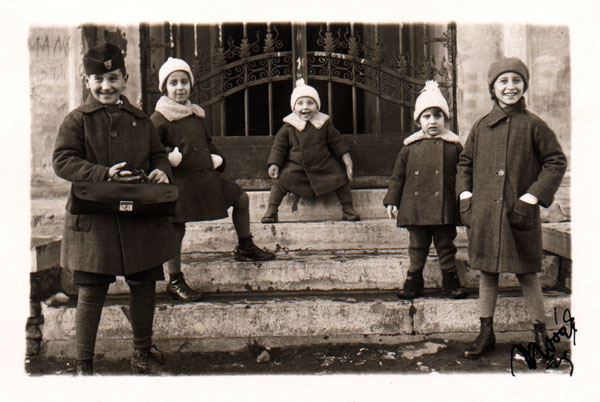
Thérèse “Tissa” David was born in 1921 in Kolozsvár, the capital of Transylvanian Hungary (now Cluj-Napoca, Romania). She was the second-eldest of 10 children. The family soon relocated to Szeged, in southern Hungary, where her father became a professor at the University of Szeged. He expected his children to succeed in whatever they did. Tissa was bitten by the animation bug in 1938 when she saw Disney’s “Snow White and the Seven Dwarfs.” “This is what I want to do,” she decided.
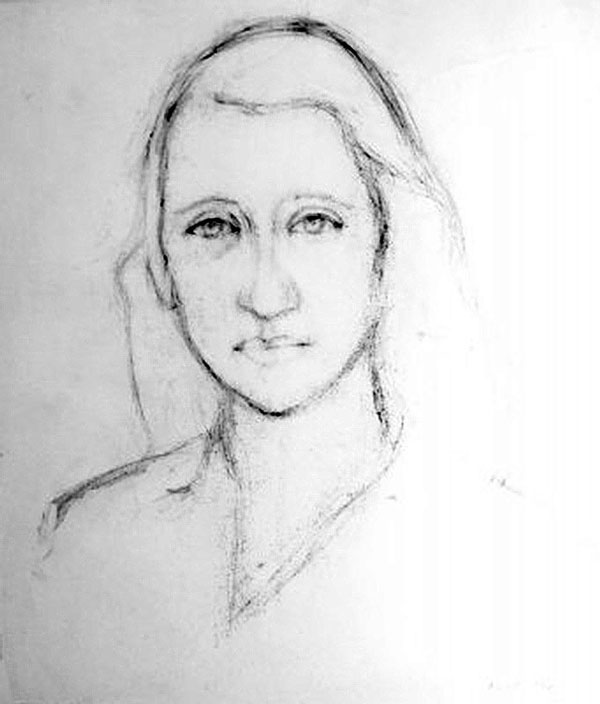
After earning a teaching degree, her draftsmanship was strengthened at the Academy of Beaux Arts in Budapest, but she dropped out to join a local animation studio. When she first saw a character she animated move on the screen, she recalled in an interview with me in 2002, “It was the most exciting moment in my life.”
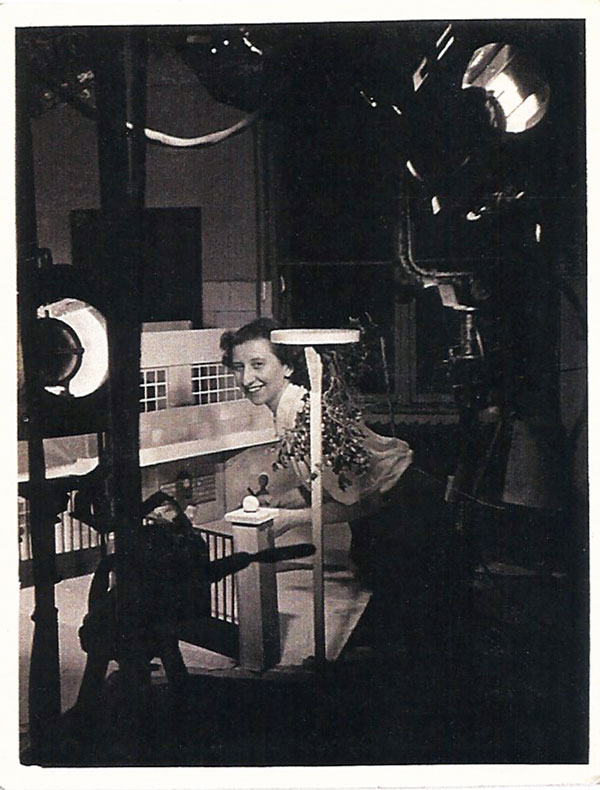
During the 1944 siege of Budapest she survived daily bombings, ate horse meat and boiled beans (“We were starving!”), and learned “how small and how great people can be.” After the war, she co-owned an animation studio until the Communists took over.
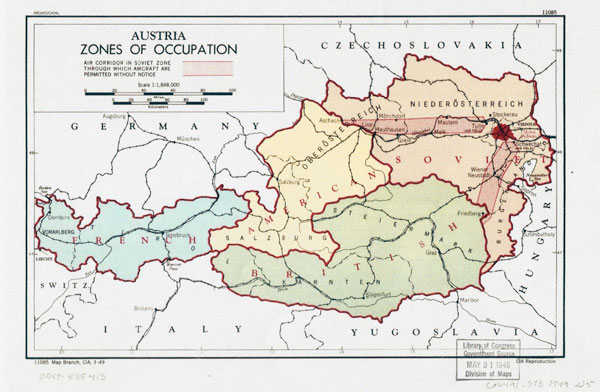
In March 1950, David and an art-school friend (the now-renowned painter Judit Reigl) escaped their oppressed homeland, settling in Paris. “After you go through the Hungarian border,” she claimed, “nothing can scare you.”

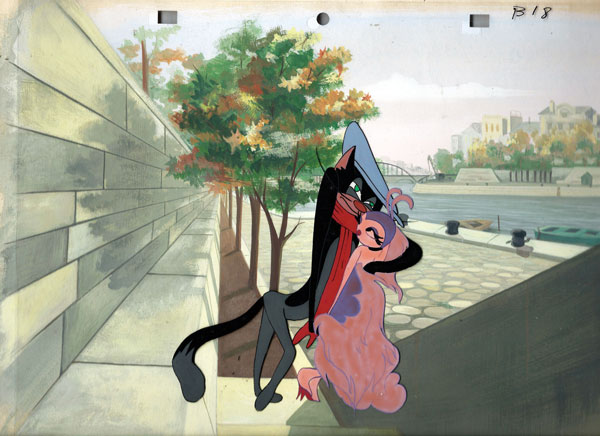
She learned French and worked as a maid, cook and house-cleaner. Within a year, she became animation director and principal animator for “Bonjour Paris!” and gave jaunty life to the Eiffel Tower itself, in the 1953 Jean Image Studio feature “Bonjour Paris!”
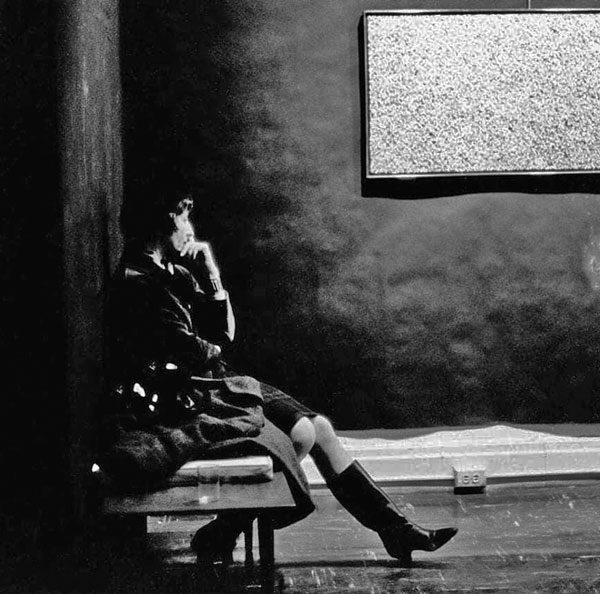
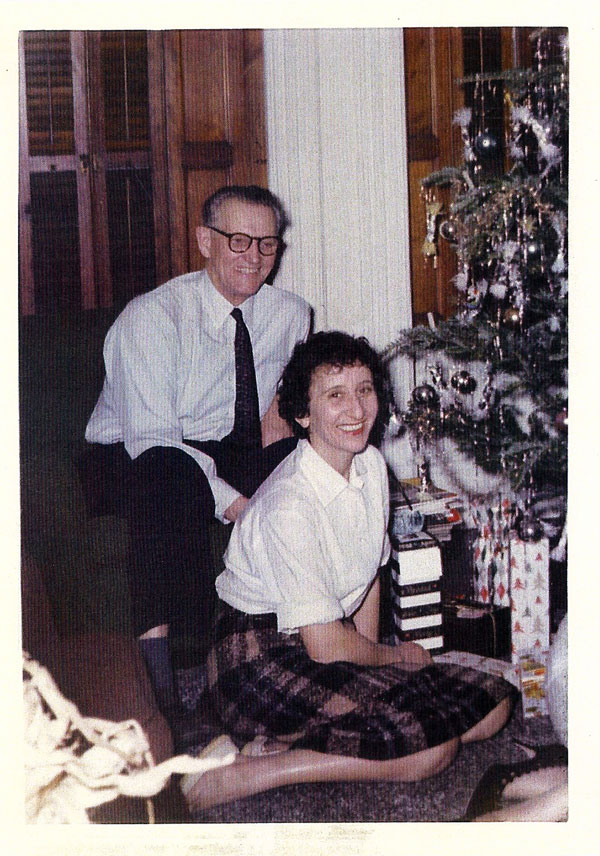
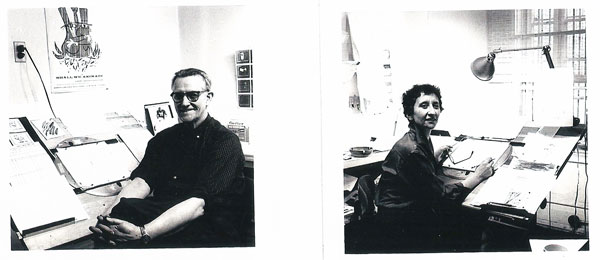
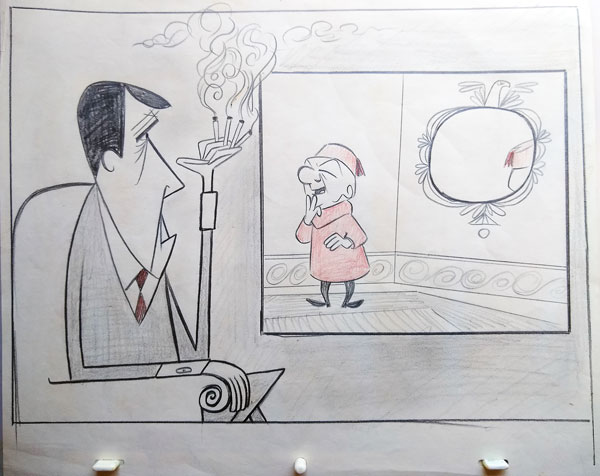
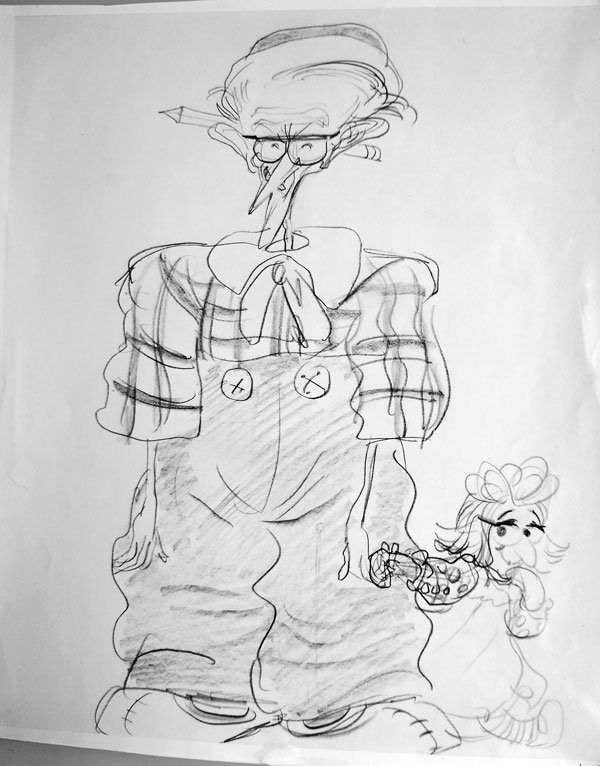
In 1955 she immigrated to America (and learned English). The next year, at UPA Studio in New York, she became assistant to Grim Natwick (1890-1990), one of Disney’s lead animators on “Snow White.” As freelance professional partners, she and Natwick worked on hundreds of TV commercials and the last Mr. Magoo theatrical short (“Terror Faces Magoo” – 1959). David always claimed she learned “absolutely everything” about animation from Natwick. Publicly he took bows for the team, while privately acknowledging that because of David’s skills he was “able to work another 10 years.”
When Natwick retired in 1967, David, then in her 40s, could not find work. “In America, animation was a jealously guarded men’s field,” she said. “So girls should be assistants, inkers, painters—not animators.” Eventually, the Hubley studio, Michael Sporn Animation, R.O. Blechman’s Ink Tank and Richard Williams (director of the feature “Raggedy Ann & Andy”), among others, hired her as a solo animator; and she continued to work steadily in America and abroad well into her 80s. She developed an admirable economy in her animation, limiting it to essential storytelling drawings. “You don’t do many drawings,” she noted, “but you know how to use them.” Often she completed the storyboard and all the animation for half-hour productions, such as Michael Sporn’s superb “The Marzipan Pig” (1990).
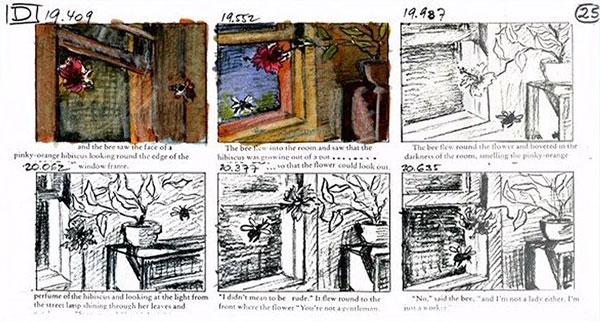
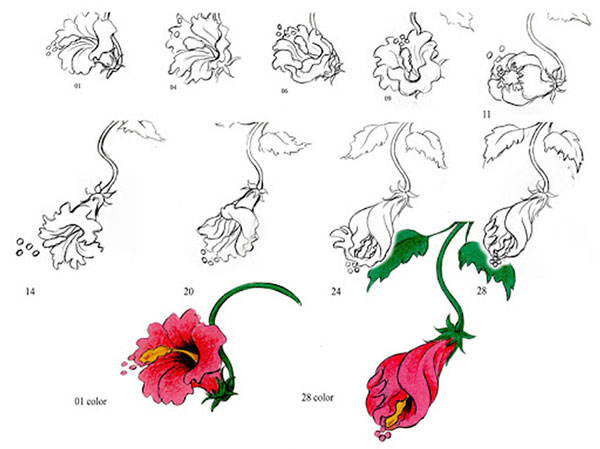
Since 1956, she lived and worked alone on East 83rd Street in a cozy one-bedroom apartment filled with plants, books and paintings (including Ms. Reigl’s), a place smelling of baked apples and spices, for David was an excellent cook specializing in Szeged cuisine. Over the years a parade of animation novices (myself included) went there for her advice on our projects. She combined bracing, honest assessments — “this is a lousy drawing” or “this is a very bad film” — with golden nuggets of information: “Animation is all caricature”; “Don’t show what is not absolutely necessary to the story”; “Always think of how your character feels”; and “The greatest animation is the simplest. Search for what is essential in an action or a scene.” She gave truth to us straight and we loved her for it.
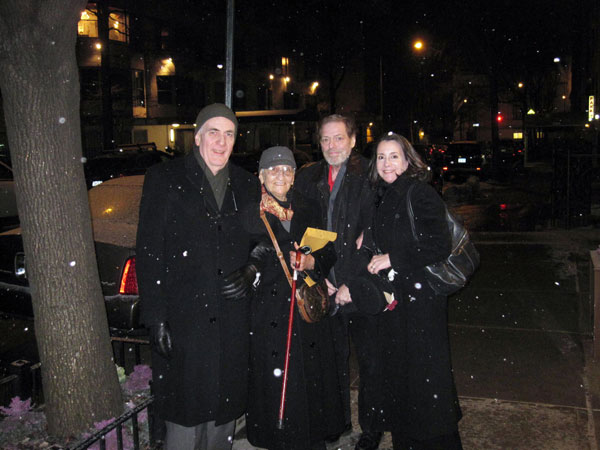
Tissa’s strength and dedication to her art were rare, inspiring qualities. “Animation is such a long, hard work,” she said, “you have to keep doing, doing, doing to learn. You can only have one love if you want to be an animator: animation. You can’t devote yourself to it part-time.”
On the evening of January 18, 2003, the Museum of Modern Art in New York honored Tissa David with a film retrospective of her career in animation, co-curated by Josh Siegel and me. In my introduction to a full-house of her admirers, I noted that “Dizzy Gillespie once called Louis Armstrong ‘Jazz in person.’ To those privileged to have known her personally, and those who know her only through her extraordinary art, Tissa David is ‘Animation in person.’”
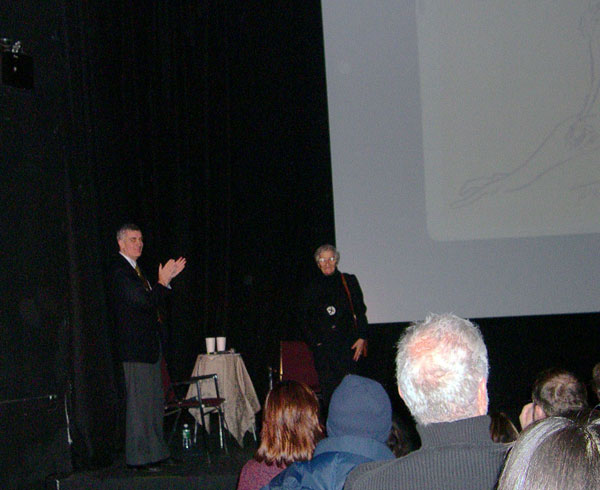

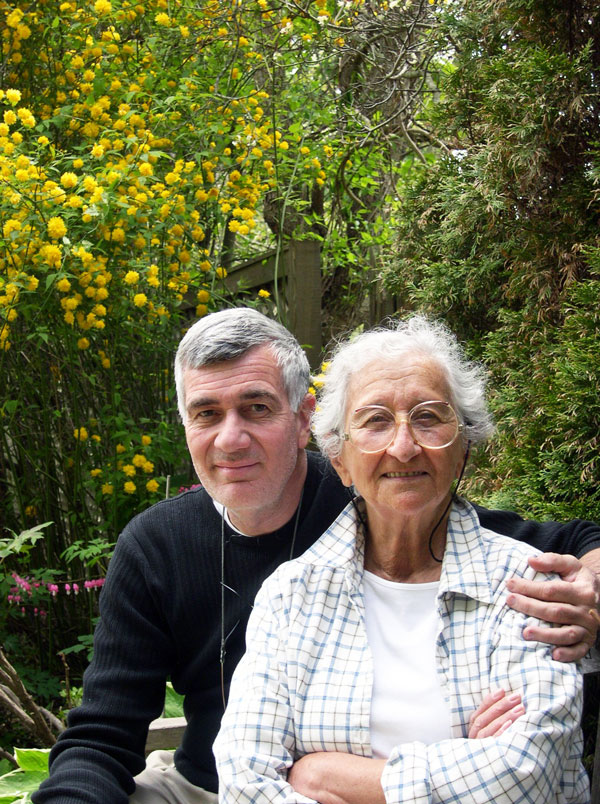
Click here to access the full illustrated transcript (.pdf) of my interview with Tissa David on September, 18, 2002, in which she candidly speaks at length, publicly, about her harrowing escape from communist Hungary in 1950, her life and work in animation in Paris, and her first experiences working in animation in New York with, and without, her mentor Grim Natwick.
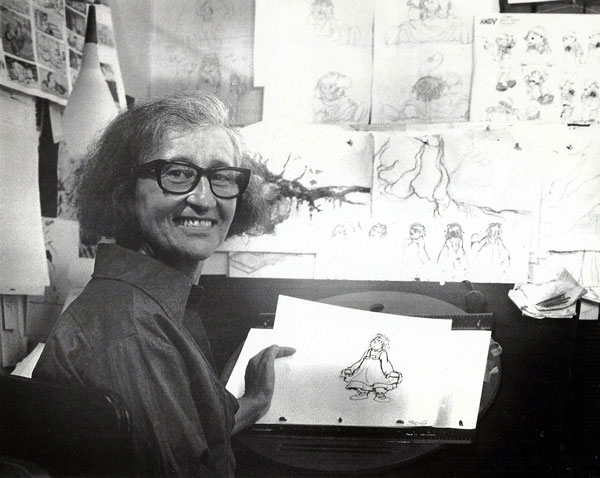
Tissa David in 1976 at her animation desk with Raggedy Ann drawing. Photo by Riad Traboulsi. Click image to enlarge.
COMING SOON: TISSA DAVID ANIMATES THE EPONYMOUS STARS OF RICHARD WILLIAMS’ FEATURE, RAGGEDY ANN & & ANDY: A MUSICAL ADVENTURE (1977).
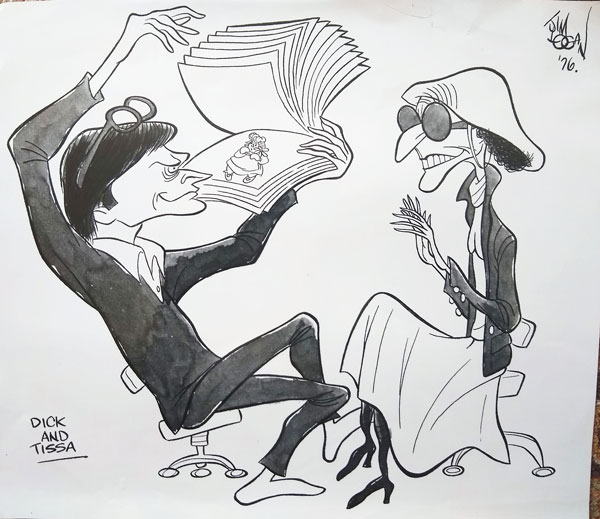
Hits: 1530

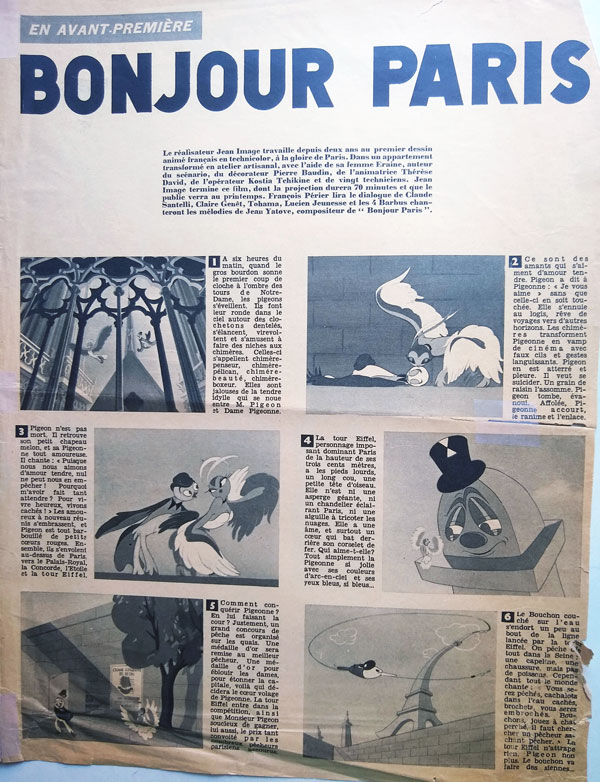
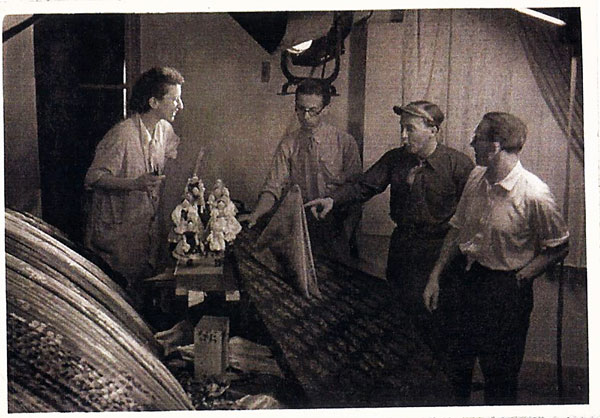
Thank you SO much for this tribute to Tissa, John !
She was incomparable as both an artist and cohort ! I feel so very fortunate to have known her, let alone worked with her. I know how close you two were and can only imagine how much you miss her…
John, I’m looking forward to reading this in detail but before I do, I just gave one of the Raggedy Ann cels to the Library of Congress in honor of Martha Kennedy’s work on building their collection of women cartoonists. Let me know if you want a large scan of it. I also own 2 other cels from the movie. I have no idea if they are rare, so I figured I’d mention them.
This is gorgeous, John, thank you so much!
It’s impossible to know which to praise more: John’s account of Tissa David as an artist or a person.
From Stravinsky’s Devil to the Bert and Harry of blessed memory in the commercials for Piel’s Beer,
her animation is magical, and John brings that forward with eloquence and charm. Looking forward to future columns.
Thank you John. What a beautiful tribute to an amazing lady. I learned a lot from Tissa when I was starting out. She inspired the huge Grim Natwick 100th Birthday Party in Aug 1990 that all of Golden Age Hollywood animation attended. I had been organizing events for ASIFA Hollywood. At that years Annie Awards, Tissa cornered me in the parking lot and said, “Tamascz! You make partee for Greem!”
Honoring the greatness of the creative spirit of Tissa David. This is a treasure of an archive of documentation of her life, animation and art!
What an amazing post, John! Thank you so much for let me know Teréz “Tissa” David, a superb artist.
I’m interesting in know a little more about the puppet animation photos you upload in this entry. Did you know name of the films? or the studio where they were taken? (maybe the Gyula Macskássy’s one?)
All the best!
I met Tissa a couple of times when I worked with Michael Sporn. I went to one of her classes but I guess I was intimidated or just too ambivalent about what I wanted to do with my life. I love this piece you wrote…
It’s with a little poignance or regret… when I met Tissa I was unaware of her connection to Raggedy Ann (… like how is this possible??) which was the most inspiring film of my childhood. As a child I really thought I’d grow up into a land of Raggedy Anns and Sesame Street animation… and at Sporns I did. I drew Raggedy Anns throughout my childhood and adolescence — her flow, her movement, her sparkling eyes — I made a doll with two legs of different lengths because the drawing I cut out of the magazines of her had her dancing — her legs of different lengths in their movement. After reading this piece, I feel like I made a weird inexcusable choice by not being aware and not following Tissa down this road, but alas, what is done is done. It just amazes me how close I came to her and met the real Raggedy Ann. Working with her drawings on Michael Sporn’s The Red Shoes was incredible — those drawings had all the life and delicious inhabitance that I might have understood were deeply related to Raggedy Ann!
My journey with animation is likely over for a variety of reasons…but thank you for reminding me why I thought animation was a good place to live. It really was with Tissa’s and Michael’s passion for it.
Wonderful. Thanks.
It’s 1971 and I’m a 5-year old boy watching Sesame Street in Dallas, Texas.
An ‘M’ has been invited to dinner. He has a voracious appetite and begins devouring all foods beginning with this letter and everything else. I was completed captivated and mesmerized. Years and years passed before I finally was able to piece together who was responsible for creating this masterpiece. TISSA DAVID is now firmly emblazoned in my memory.
And, thank you so very much, John for extolling her and her work.
Kind Regards,
Timothy C. Merritt